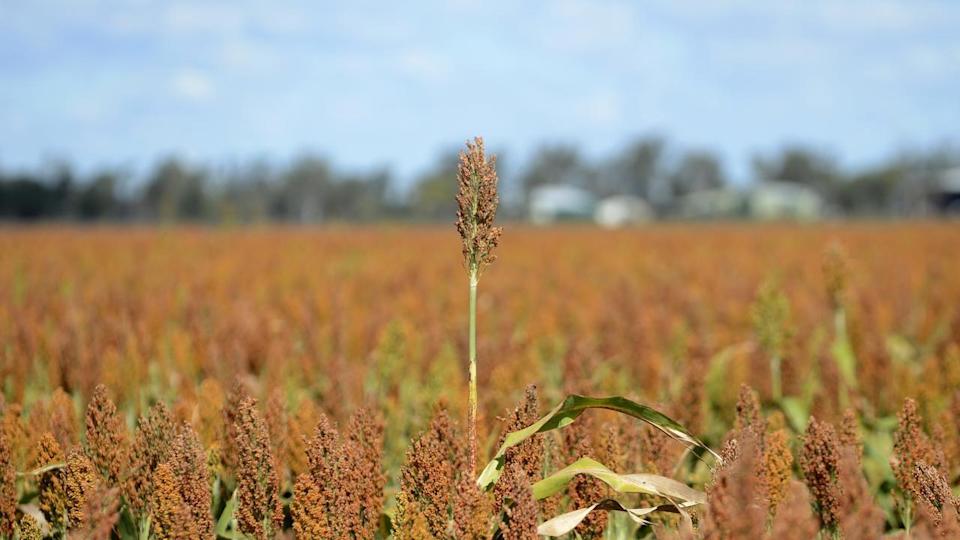



Article by: Hari Yellina
According to a leading researcher, who was part of the team that developed a report on the carbon emissions of the Australian grains industry, the findings showed that Australian grain growers have some of the lowest emissions in the world. Hence, this is a cause for optimism in the agricultural industry. CSIRO senior research scientist Maartje Sevenster said the methodology used in the recent CSIRO report better demonstrated Australia’s true emissions when producing grain. While she said it was unknown how other key grain producing nations ranked as emitters under the old International World Food LCA Database (WFLDB) accounting system, she mentioned the methodology used in the recent CSIRO report indicated Australia’s genuine emissions when producing grain. “We don’t know for sure, but I’m optimistic that every other country would use this new methodology and come up with a total lower than the United States.”
In terms of Australia’s standing as a low-emissions producer, Dr. Sevenster noted the country’s low-carbon soils, which had previously been lamented by farmers who wanted to participate in soil carbon sequestration initiatives, were really beneficial in many respects in carbon accounting. “It may seem strange, but less soil carbon is almost a benefit. It’s easier to maintain or even enhance carbon levels in low carbon soils.” It can be witnessed that there is the potential to lose carbon in Australia’s cropping regions with high carbon soils, such as the Liverpool Plains (NSW) and parts of Queensland, especially in some of those worse seasons.
She claimed that because of Australia’s extremely variable climate, the country had the greatest variation from the mean in terms of emissions. “This means that if you don’t do the study over a longer time, you may utilise average fertiliser requirements during a drought year with low production, which would significantly raise the in-theory emissions.” Other explanations for the decline from 498kg of greenhouse gas per tonne of wheat under International World Food standards to merely 307kg/t under CSIRO accounting could include an unrealistically high fertiliser use amount in the initial work.
Dr Sevenster said other factors her team had found while compiling the Australia Grains Baseline and Mitigation Assessment report for the Grains Research and Development Corporation (GRDC) was that there could be big variations within Australia’s climatic zones. She also believes that enhancing fertiliser application would lower emissions per tonne.